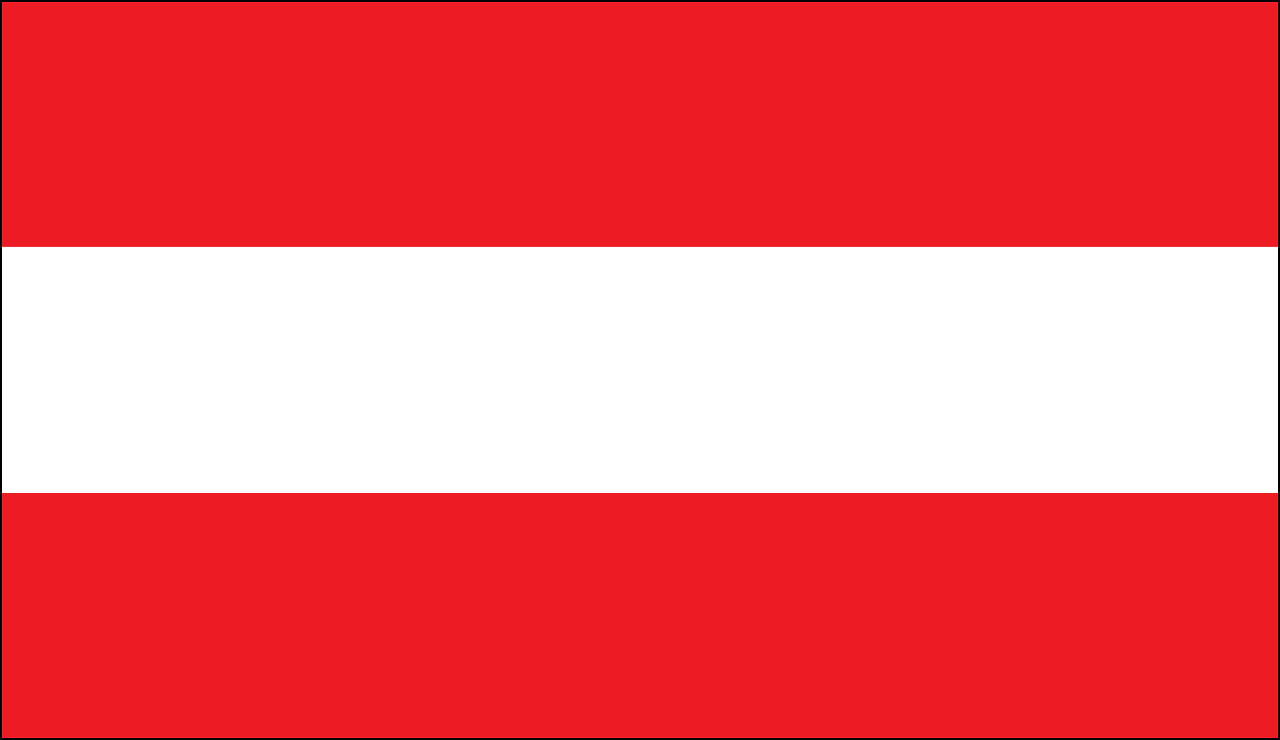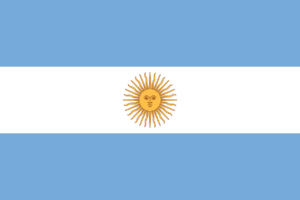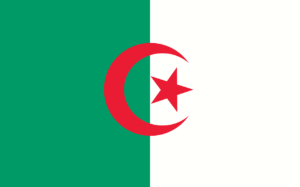Basic Facts
Capital
Population
8,935,112
Area
Total 83,879 km2 (32,386 sq mi) (113th) Water (%) 0.84 (as of 2015)[5]
Religion
69.0% Christianity —57.0% Catholicism —8.7% Orthodoxy —3.3% Other Christian 22.0% No religion 7.9% Islam 1.1% Others
Official Language
Recognised languages
Hungarian Slovene Burgenland Croatian[1][2]
Ethnic Groups
81.1% Austrians[3] 6.3% Ex-Yugoslavs 2.7% Germans 2.2% Turks 8.7% Others
Currency
Euro (€) (EUR)
Time Zone
UTC+1 (CET) Summer (DST) UTC+2 (CEST)
Date Format
dd/mm/yyyy
Driving Side
right[c]
Calling Code
+43
ISO 3166 Code
AT
Internal TLD
at
Demonyms
Austrian



